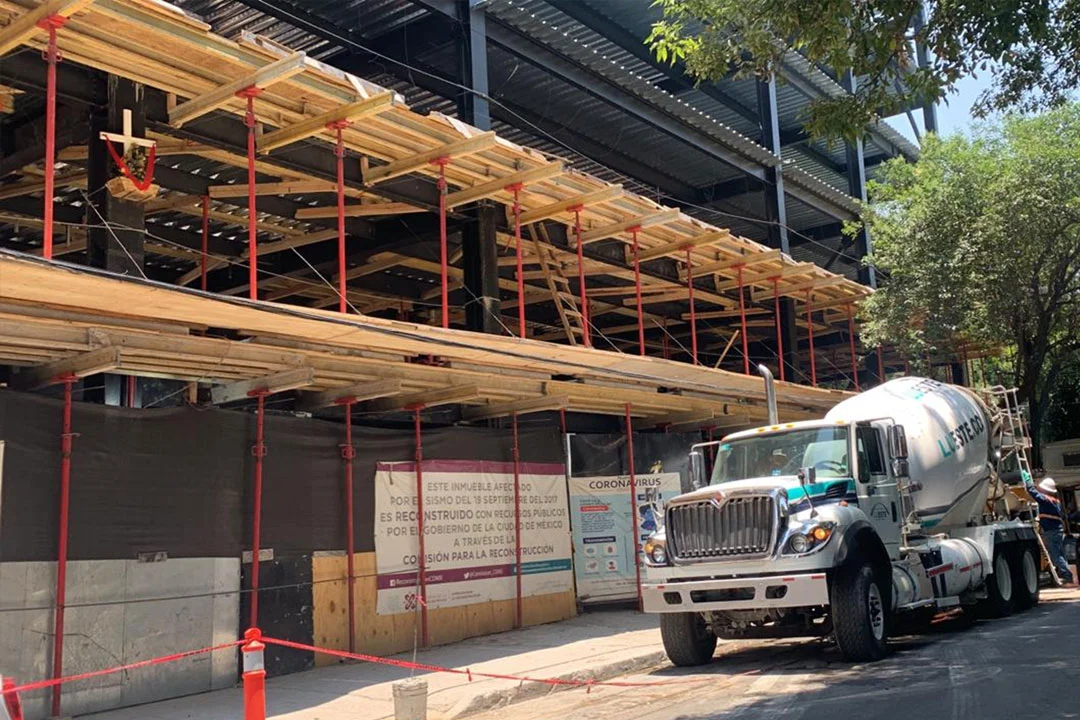The importance of curing concrete.
As you can imagine, achieving a specific strength of the concrete is very important. Concrete is part of our sidewalks, driveways, parking lots, buildings, and more. If concrete is placed and not cured properly, it can crack and weaken over time. When safety is at stake, concrete curing must be done correctly.
What does it mean to cure concrete?
Curing is the process of controlling moisture loss after concrete is placed. If the concrete dries too quickly, it will not reach optimum strength. Depending on the size of the concrete poured, curing can take a week or five months. That is, a week or five months to make sure the concrete stays wet.
Concrete curing factors.
Of course, the immediate environment of the concrete must be controlled. Temperature, relative humidity, and wind will definitely affect the moisture content of concrete.
Temperature fluctuations.
In certain parts of the country or at certain times of the year, it can be hot at one time of day and cold at another. Concrete is generally not guarded 24 hours a day, so specific steps must be taken before concrete is left unattended for part of the day.
Generally speaking, concrete cures when the temperature is guaranteed to remain above 10°C. This is not a big problem in Mexico City; however, temperatures above 26°C are not ideal. Frankly, there's a reason you see most of the construction in the spring and fall in Mexico City.
How to facilitate the curing of concrete?
During curing, concrete is often covered to protect it from the wind. Of course, the wind can increase the evaporation process. Workers will use polyethylene sheeting or insulating blankets. Sheets/blankets stay thin as they don't rise in temperature.
Precipitation is an increasingly common technique to ensure the curing process. In case of standing water, the concrete must first be surrounded by some type of strong but temporary wall. Next, pour water inside the walls and over the concrete. The pond will remain intact to retain moisture. The water will evaporate on its own, but as long as approximately 30 cm of water is poured, the concrete should remain hydrated on its own for at least 24 hours.
We hope this summary has taught you a thing or two about curing concrete. Remember, all concrete must be placed by professionals. As we hope you've learned by reading the above, concrete pouring is a precise process that can be compromised if something goes wrong during the process.
For your concrete needs, contact Lueste. Visit our website to learn about our services and our blog to learn more about handling and protecting concrete. For your concrete needs, call +52 (55) 5598-8348.




